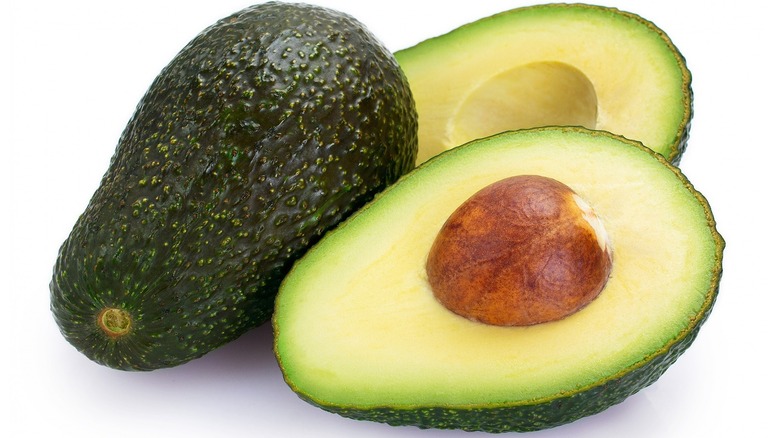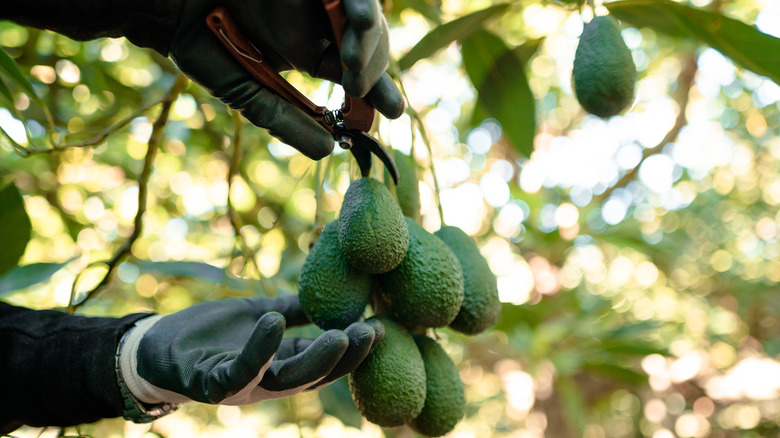Why The US Banned Avocados In 1914
The latest banning of avocados may have raised a few eyebrows, but the trade relationship regarding the fruit between the United States and Mexico has been one of love and hate since 1914.
The most recent avocado ban went into effect on February 11 of this year. According to The New York Times, a certain element was unhappy with a U.S. inspector working in Michoacán and thus resorted to verbal threats. The latter was an attempt to coerce an American quality checker into signing off on a batch of the fresh produce. The U.S.D.A wasted no time laying down the law. Their ultimatum was simple: guarantee the inspector's safety, or the ban remains in place. Compliance followed quickly, as the bitter memory of an 83-year embargo never gets old.
The ban was lifted on February 21, per The Produce News, and Mexican producers breathed a collective sigh of relief.
The perceived threat to American agriculture
Avocados originated in a region spanning from Mexico to areas around the Andes, per Britannica. As such, the United States has had a dependency on its southern neighbor for the fruit until fears of a seed weevil contamination arose. It was this that led to the avocado ban of 1914 that lasted for almost a century.
Avocados are the avant-garde fruit, and right at the top of their class is the Hass avocado: smaller, bumpier, and harder skin, but one of the tastiest cultivars. This varietal came into existence due to the grafting of an existing tree by the amateur horticulturist Rudolph Hass, in California in the 1920s (and was patented in 1935), per California Avocado.
During the avocado embargo, America cultivated the fruit for commercial purposes — when the ban was lifted, the price of avocados dropped. As you can imagine, American farmers were not too thrilled, citing fears of crop parasites, per The Los Angeles Times. Today, America imports $2.8 billion worth of avocados from Mexico yearly, the bulk of which are the Hass variant, per the United States Department of Agriculture.

